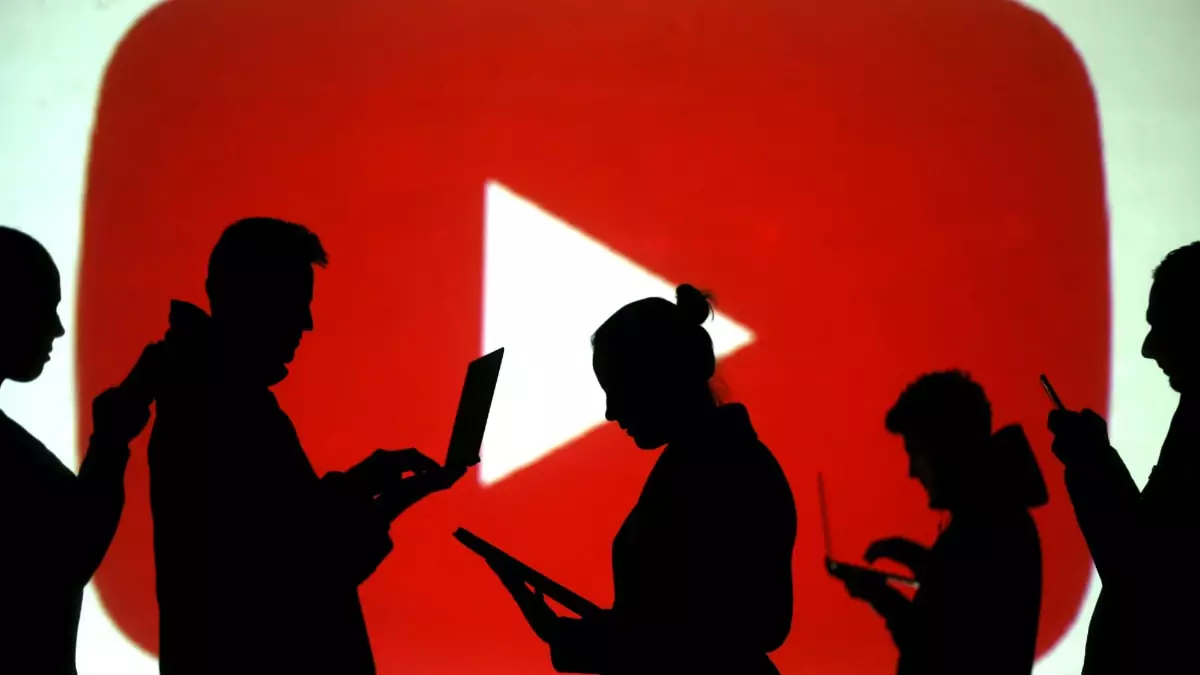Australia’s Digital landscape is witnessing an unprecedented tug-of-war, as the eSafety Commissioner, Julie Inman Grant, recently urged the government to reconsider its controversial decision to exempt YouTube from a ban on social media access for those under 16. This call to action is not just another bureaucratic maneuver; it symbolizes a significant shift towards accountability in an age dominated by digital platforms. The inquiry into YouTube’s exemption has unveiled the platform’s dark side, with recent research indicating its prominence as an alarming source of harmful content targeting young Australians.
The exemption was initially rooted in a perceived need for leniency; however, it now appears misguided, especially given YouTube’s position as the predominant social media platform among youth. Inman Grant articulated a growing concern about the types of content proliferating on YouTube, from misogynistic commentary to distressing challenges that have been associated with negative outcomes for adolescents, such as disordered eating and suicidal ideation. Such realizations should cause us to reflect on how we prioritize platform safety against user engagement metrics.
The Backlash from Competitors
What adds gasoline to the already burning fire is the discontent echoed by competing platforms like Meta and Snap. These companies have vocally expressed their frustration over what they see as inequitable treatment, especially after revelations that the Australian government had made a private commitment to YouTube prior to any public consultation about the exemption. This inconsistency raises questions about the decision-making process within regulatory bodies and whether favoritism is inadvertently shaping legislation that affects young minds.
It’s troubling that while YouTube has been recognized for its wide reach and influence, its accountability measures seem to lag. The implications are substantial, as the well-being of easily influenced youths is put at risk in the name of fostering a vibrant digital ecosystem. The ramifications of this exemption may extend beyond YouTube and adversely affect the overall competitive landscape, wherein such regulatory inconsistencies can distort market dynamics.
Legislating for Protection, Not Profit
The government’s actions have sparked an essential discussion regarding the protections granted to minors in a rapidly changing virtual environment. In an era where misinformation and potentially harmful content proliferate, a “fair and consistent” regulatory framework becomes invaluable. If the mission is to protect the vulnerable, then regulators must ensure that no platform, regardless of its popularity, operates outside the purview of established safety laws.
Australia stands at the crossroads of modern governance, needing to balance the popularity of platforms like YouTube with the societal responsibility of safeguarding its youth. The personal connection formed between government officials and corporate giants must not cloud public health priorities. A distorted view of the digital world may set dangerously precedent-setting examples for other countries grappling with similar dilemmas.
The urgent re-evaluation of YouTube’s exemption may provide a crucial opportunity for the government to align its regulations with contemporary needs and ethical imperatives. In doing so, Australia could lead by example, showcasing how a robust regulatory framework can support a healthier digital landscape while leveling the playing field among social media giants.

